#hubble telescope
Text
NASA releases the clearest images of Neptune’s rings in over 30 years

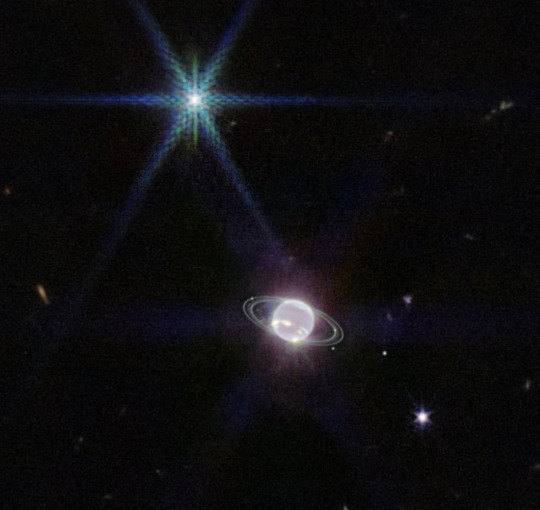
#Neptune#him!!!#(usually I say pretty things are girls but Neptune in Roman mythology is a boy so-)#nasa#planets#planet#galaxy#solar system#stars#space#astronomy#astrology#hubble telescope#tags#popular#trending#tumblr#universe#moon#Hubble#telescope#aesthetic#space aesthetic#cosmos#galaxies#comet#asteroid#constellation#sky#james webb space telescope
56K notes
·
View notes
Text
Nobody better slam my girl Hubble Telescope after the Webb Telescope pics came out, alright? For YEARS she was the baddest bitch around and we owe her nothing but gratitude
#hubble space telescope#webb telescope#hubble telescope#space#the final frontier#these are the voyages of the starship en-
77K notes
·
View notes
Text
"With measurement errors negated, what remains is the real and exciting possibility we have misunderstood the universe.”
3K notes
·
View notes
Text

WR 25 & Tr16-244 in Carina Nebula © Hubble
#carina nebula#stars#space#hubble telescope#nasa#astrophotography#night sky#solar system#universe#galaxy#astronomy#cosmos#planet
4K notes
·
View notes
Text
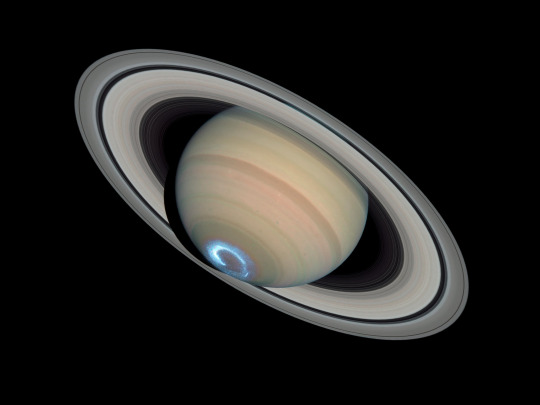
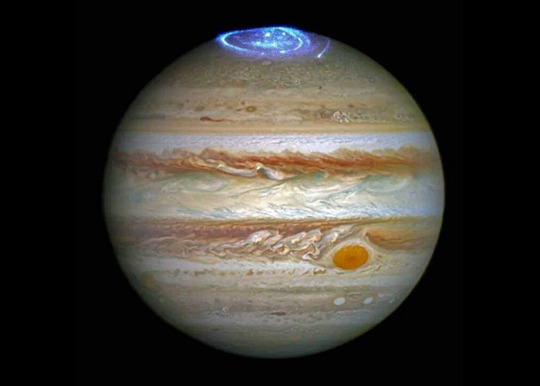
Saturn and Jupiter's Auroras l Cassini/Hubble
#nasa#cassini#hubble telescope#space#saturn#jupiter#aurora#astrophotography#astronomy#planets#solar system#universe#stars
3K notes
·
View notes
Text
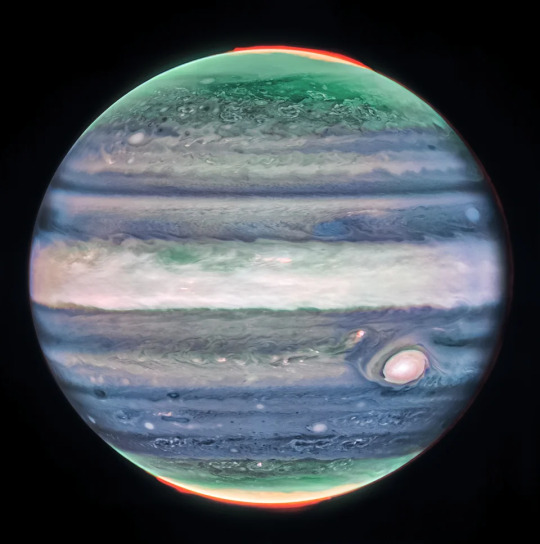
New image of Jupiter as seen from the James Webb Space Telescope
#jupiter#james webb#james webb telescope#james webb space telescope#hubble telescope#photography#nature#landscape#space#aesthetic#art#curators on tumblr
3K notes
·
View notes
Text
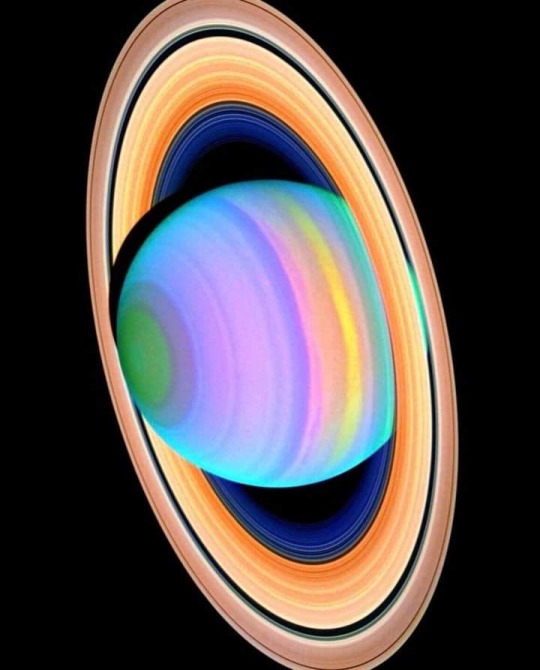
Beautifully Real Image of Saturn, in infrared.
#astronomy#space#saturn#planets#nasa#galaxy#sky#aesthetic#hubble space telescope#hubble telescope#telescope
1K notes
·
View notes
Text
The "Sombrero Galaxy" as imaged by the Hubble Space Telescope.
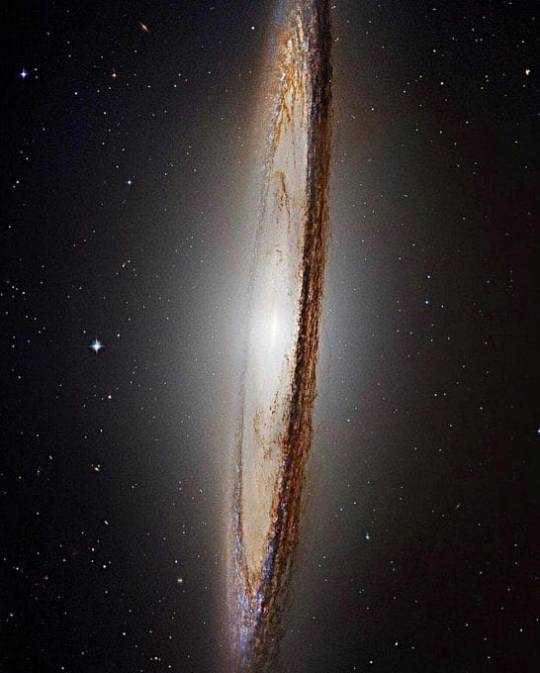
The "Sombrero Galaxy" as imaged by the Hubble Space Telescope.
#space#hubble#hubble space telescope#james webb telescope#astrophotography#astronomy#astronaut#astronout#galaxy#galaxies#hubble telescope#telescope#universe
1K notes
·
View notes
Text

Aurora on Saturn's south pole.
Instagram: nasahubble
#saturn#solar system#planets#aurora#solar storm#galaxy#milky way#celestial#outer space#universe#aesthetic post#much to ponder#hubble space telescope#hubble telescope#nasa photos#nasa#spirituality#astronomy#astrology
549 notes
·
View notes
Text
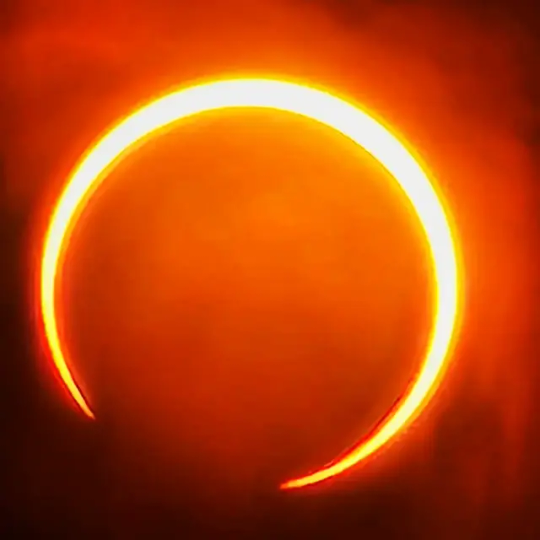
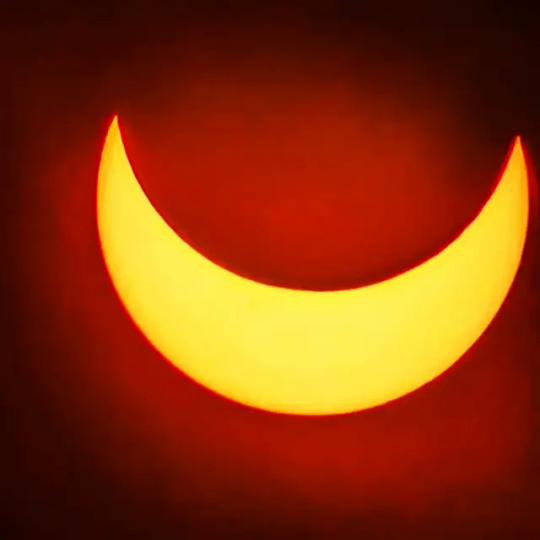
https://youtube.com/shorts/UGnRBZomGXU
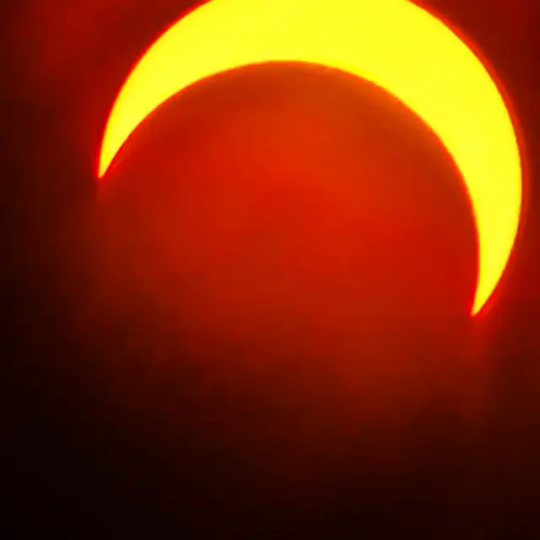
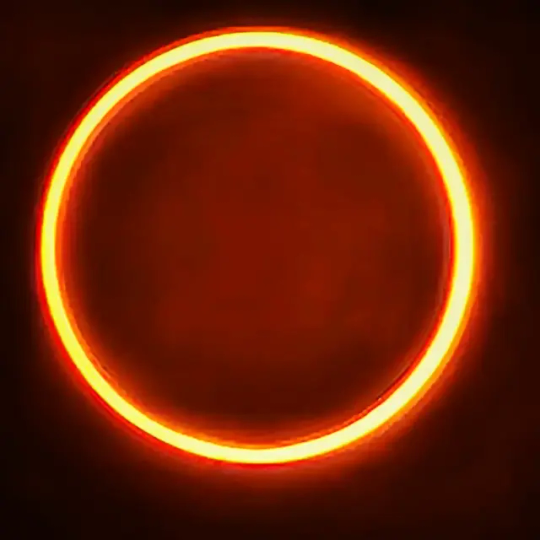
"The Ring of Fire" Today's Solar Ring Eclipse 2023
✨Live Solar Eclipse 2023 (click on below link) :
#science#spirituality#technology#tumblr milestone#nature#positivity#quotes#hubble telescope#outer space#space photography#ring of fire#solar eclipse
966 notes
·
View notes
Text
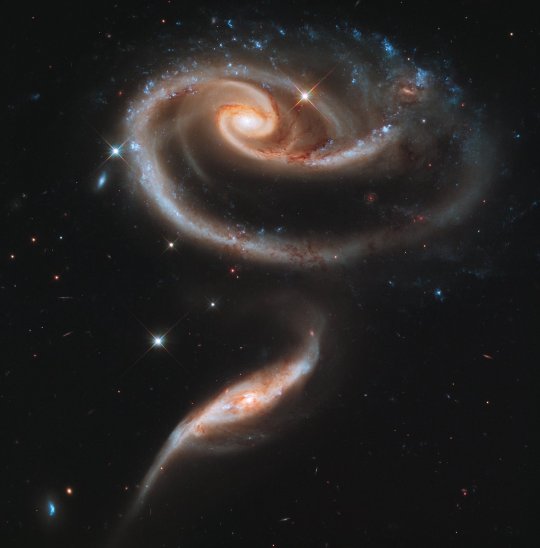
A rose made of galaxies
Arp 273 is a pair of interacting galaxies, 300 million light years away in the constellation Andromeda. It was first described in the Atlas of Peculiar Galaxies, compiled by Halton Arp in 1966. The larger of the spiral galaxies, known as UGC 1810, is about five times more massive than the smaller galaxy. It has a disc that is tidally distorted into a rose-like shape by the gravitational pull of the companion galaxy below it, known as UGC 1813. The smaller galaxy shows distinct signs of active star formation at its nucleus, and "it is thought that the smaller galaxy has actually passed through the larger one."
#rose#astronomy#astrophotography#astro community#science#photography#space#hubble telescope#astrophile#cosmos#astrophysics
372 notes
·
View notes
Text
What Did NASA See on Your Birthday?
use this link — or google “Hubble birthday” — and enter your birth month and day to see what the Hubble Telescope saw on the day you were born! Then tag some people afterwards! Let’s see the what the galaxy looks like together :)
*the year will most likely not be correct….there’s no way to input the year. feel free to use a different site*
For instance, this is mine:
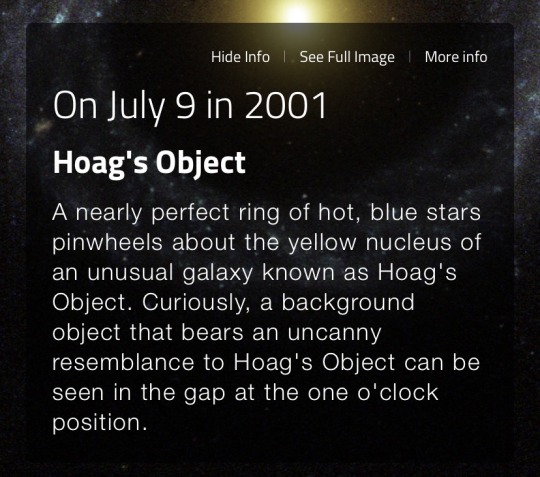
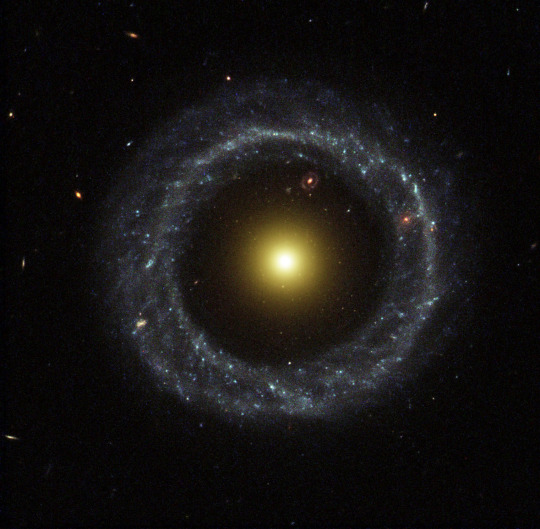
tagging @greekgurlluv @peggy-sue-reads-a-book @scentedcandleibex @the-witching-atlas @inc0rrectmyths @hydexstudixs @dontwannadothisanymore @0lympian-c0uncil @genderfluidagendergremlin @candlecat624 @bluebellstudio @mythology-loving-lesbian @thatweirdkipgroup @marcelinethepastelqueen if you want to do this! (No pressure to, of course)
As always, you don’t need a tag to reblog this off me <3
#NASA#space#hubble telescope#galaxy#stars#astrology#astronomy#birthday#tag games#tag game#reblog game#tags#popular#tumblr#cosmos#planet#planets#universe#moon#nebula#Hubble
4K notes
·
View notes
Text

Sagittarius dwarf irregular galaxy (sagDIG) © Hubble
#galaxy#hubble telescope#nasa#space#astrophotography#stars#night sky#planet#universe#astronomy#cosmos#solar system
5K notes
·
View notes
Text
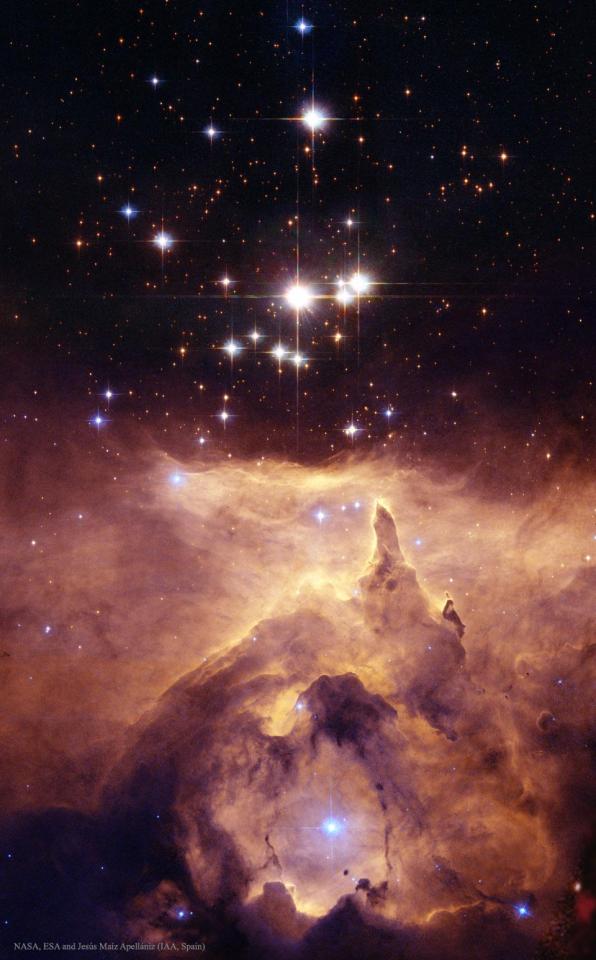
NGC 6357: Cathedral to Massive Stars
#hubble telescope#esa#space#nasa#astrophotography#astronomy#night#ngc 6357#sky#solar system#galaxy#planets#nebula
3K notes
·
View notes
Text
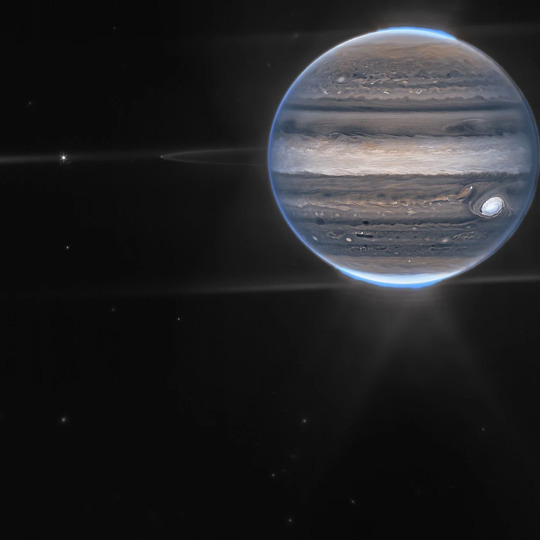
Jupiter seen from the James Webb Space Telescope
#jupiter#james webb#james webb telescope#james webb space telescope#hubble telescope#photography#nature#landscape#space
4K notes
·
View notes
Text
Nebula NGC 5189 captured by Hubble

#nebula#astronomy#space#universe#astrophotography#nasa#astrology#galaxy#astronout#astro#galaxies#nasa breaking news#nasa picture of the day#outer space#hubble#hubble space telescope#telescope#hubble telescope#astrophysics#astro observations#astro notes#astro community#astroloji
656 notes
·
View notes